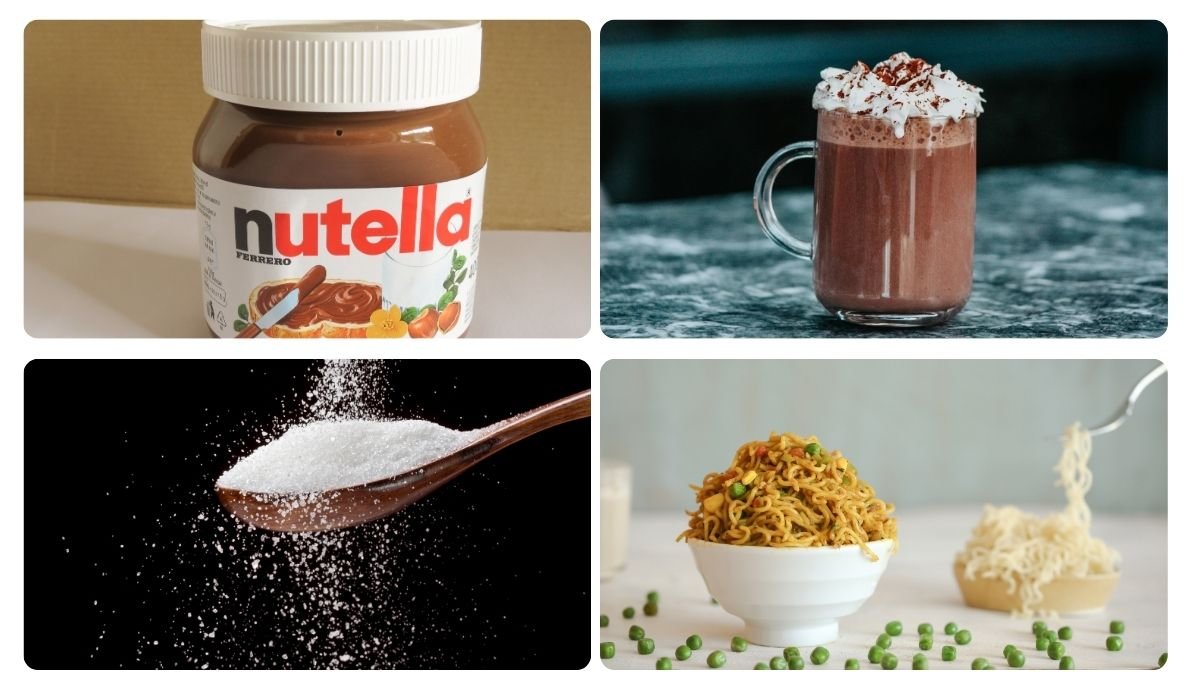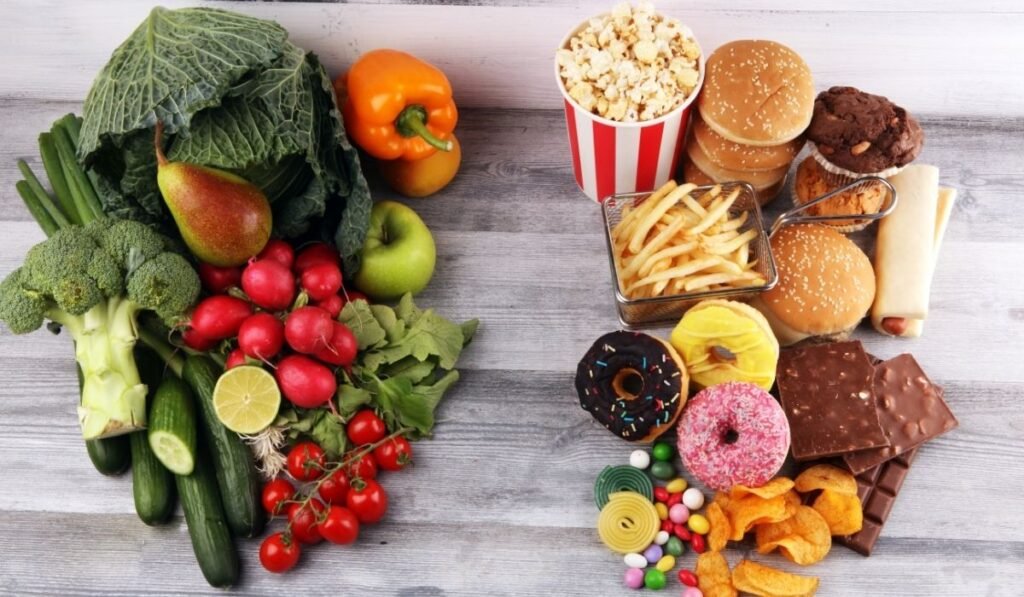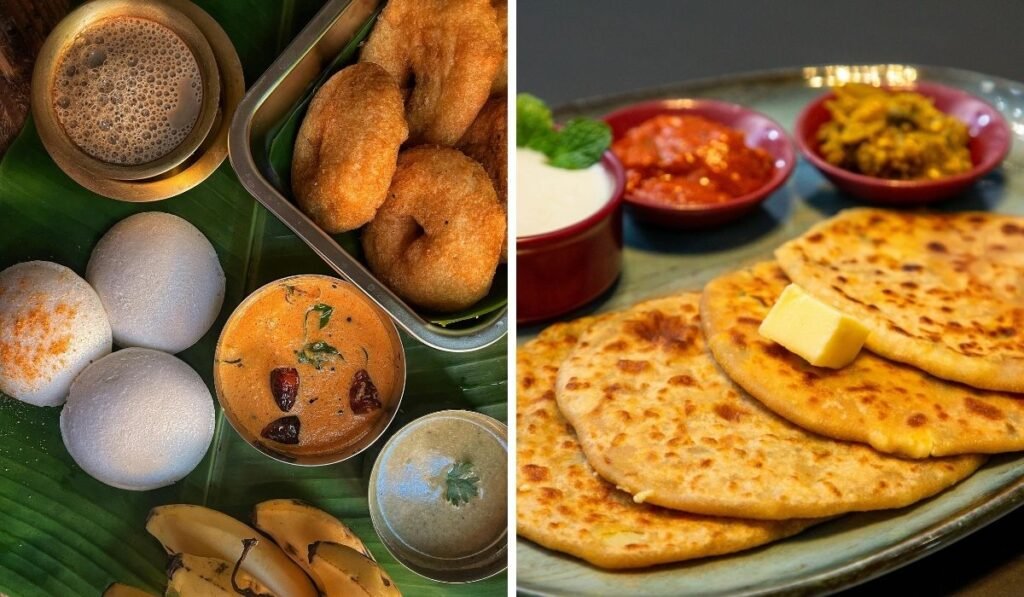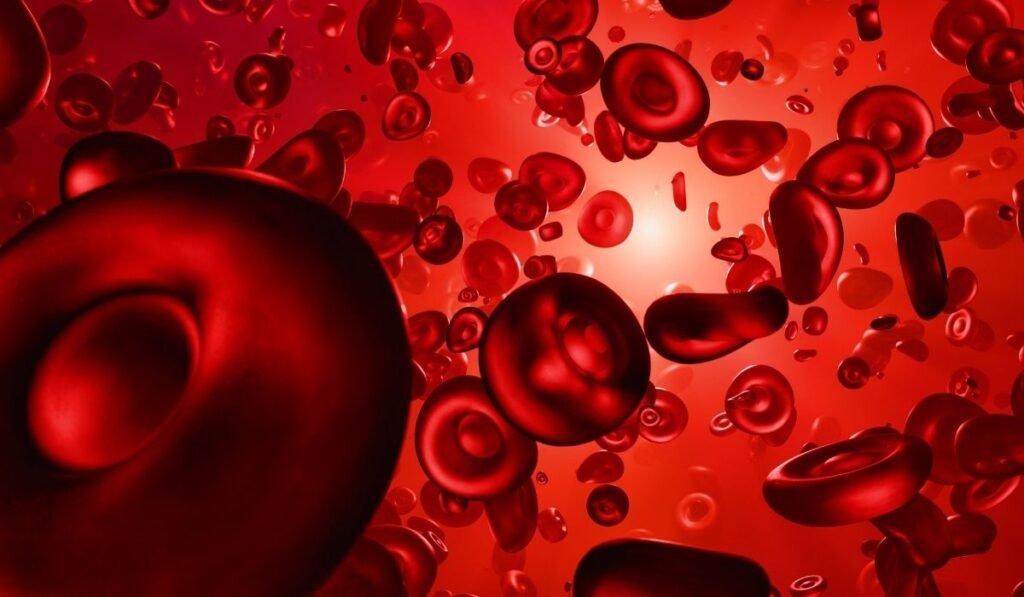Have you ever stood in the supermarket aisle, picked up a jar of “healthy” spread or a box of “energy drink mix,” and thought, “This looks good for me”? I’ve done it too. The packaging is glossy, the commercials show happy families, and the label shouts words like wholesome, nutritious, or boosts immunity.
But here’s the catch — many of these products are far from healthy. Behind the shiny wrappers and clever marketing lies an overload of sugar, refined oils, additives, and chemicals. The sad part? These are products we often keep in our kitchens and feed to our families every day.
Let’s uncover some of the biggest culprits that pretend to be healthy but really aren’t, and explore better alternatives.
The Reality of “Healthy” Marketing
Food companies know how little time we spend checking ingredients. They flash “hazelnuts” on the front of a chocolate spread or “energy and strength” on a malt drink, but the truth is in the nutrition label on the back. Most of us don’t look there, and that’s where the game is played.
Nutella – More Sugar Than Nuts
Nutella is marketed as a breakfast favorite, made with hazelnuts, cocoa, and milk. Sounds healthy, right? But look closer: almost half the jar is just sugar and palm oil. Hazelnuts? Barely 13%.
In fact, back in 2012, Ferrero (Nutella’s parent company) had to pay $3 million in a class-action lawsuit in the U.S. for misleading advertising. Consumers thought they were buying a nutritious spread, but what they were really getting was a sugar-and-oil dessert.
Better swap: natural peanut butter or almond butter — they’re rich in protein and healthy fats.
Bournvita and Other Malt Drinks – Sugar Disguised as “Strength”
If you grew up in an Indian household, chances are you’ve had Bournvita, Boost, or Horlicks in your milk. Ads promise “tan ki shakti, mann ki shakti,” but one serving of Bournvita carries 46 grams of total sugar in 100g of serving — that’s nearly 50%, of its ingredients.
And the vitamins they advertise? Way below daily requirements, and often synthetic. Essentially, it’s just sweetened malt powder sold at a premium.
Better swap: homemade mixes of roasted chana, sattu, or dry fruit powders — natural, nutritious, and cost-effective.
Sugar-Free Sweeteners – Not as Safe as They Sound
Many of us turn to “sugar-free” tablets or powders, especially if we’re diabetic. But here’s the truth: artificial sweeteners like aspartame have been linked in studies to headaches, high blood pressure, and even increased risk of heart issues when consumed regularly.
Even companies themselves put warnings like “not recommended for children” on the label. That should tell us something.
Better swap: jaggery, raw honey, or stevia (in moderation). They provide sweetness without the chemical baggage.

Oats Maggi – The Same Old Story
Nestlé’s Oats Maggi is sold as a “healthy breakfast option.” But here’s the fine print: less than 40% oats, the rest is refined flour (maida) plus loads of sodium and additives. Ironically, it ends up having more calories and carbs than regular Maggi.
Better swap: real oats cooked with vegetables, spices, and a drizzle of ghee — filling, tasty, and genuinely healthy.
Margarine (Nutrilite) vs. Butter
Butter has long been demonized, and margarine was marketed as a “healthier alternative.” But margarine is basically refined oils hardened with chemicals to look like butter. Real butter, when eaten in moderation, contains natural fats and fat-soluble vitamins. Margarine? Just processed oil in disguise.
Better swap: go for traditional butter or homemade white butter (makhan). Your grandmother’s advice was right all along.
Why This Matters
According to the World Health Organization, non-communicable diseases like diabetes and heart disease account for 74% of global deaths, and poor diet is one of the biggest contributors. Products disguised as “healthy” play a big role in this crisis.
Being an aware consumer means going beyond advertising. Flip the pack, read the nutrition table, and ask: Is this really food, or just sugar and chemicals in a fancy box?
FAQ: Foods That Pretend to Be Healthy
Q1. Why do food companies get away with calling unhealthy products “healthy”?
Most food laws only require companies to list ingredients, not highlight the unhealthy parts. That gives brands freedom to showcase words like “nutritious” or “fortified” while hiding sugar and oils in fine print.
Q2. Are all packaged foods bad for health?
Not all. Some minimally processed foods, like plain oats or unsweetened nut butters, can be healthy. The trick is to read labels and avoid long lists of additives and hidden sugars.
Q3. How can I quickly spot a fake healthy food at the store?
Check the ingredient list first. If sugar, refined oil, or chemicals are among the top three ingredients — it’s not really healthy. A short list with familiar items is usually a safer choice.
Q4. What are better alternatives to sugar-loaded “energy” drinks and spreads?
Instead of malt drinks or chocolate spreads, try roasted chana, sattu mixes, or natural nut butters. They give real protein, fiber, and energy without hidden sugar.
Q5. How do I build the habit of buying better food every day?
Start small: pick one product you use often, like a spread or a drink mix, and replace it with a natural version. Over time, this one swap turns into a habit of always flipping the pack and checking ingredients before buying.
Q6. Is butter really better than margarine?
Yes, in moderation. Real butter contains natural fats and vitamins, while margarine is just processed oil made to look healthy. Traditional butter or homemade makhan is a safer, more natural choice.
Conclusion
Food marketing can be deceiving, but our health depends on seeing through the illusion. The next time you pick up something that says “healthy,” pause. Turn it around. Read the ingredients. Ask yourself: Is this really nourishing me, or just clever advertising?
🌿 At Smartly Eco, we believe in conscious, sustainable living. Real food doesn’t need fancy packaging — it just needs awareness.
👉 Take the first step: swap one “fake healthy” product in your kitchen with a natural alternative today. Your body will thank you.
Komal Palesha is a passionate writer and eco‑enthusiast dedicated to inspiring mindful, sustainable living. She loves exploring natural health remedies, green habits, and easy lifestyle tweaks that help balance body, mind, and planet. Komal believes that small, consistent changes can lead to big transformations — and she’s on a mission to help readers live smarter and greener, one post at a time.




